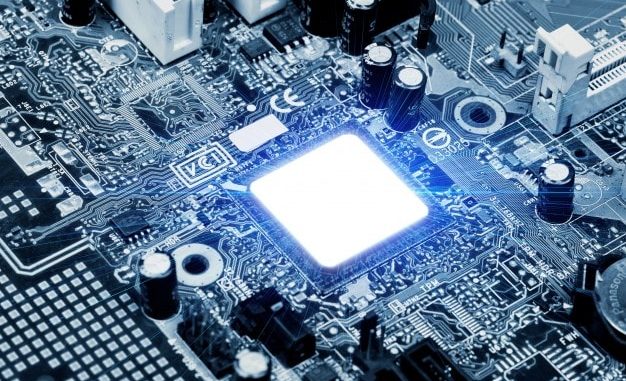
Currently, EMV chips are globally adopted as a standard for authenticating debit and credit
cards. EMV stands for Europay, Mastercard, and Visa. EMV technology is now widely adopted
and relatively common all over the world. Many cards still use the previous technology, with a
magnetic strip on the side – but most of them now also include rectangular chip, called the
EMV chip.
The technology was widely adopted particularly because of two reasons, i.e., it is more secure
and also major credit card companies shifted fraud liability from themselves to business owners
without EMV.
How Magnetic Stripe Cards Were Replaced with EMV Cards
Magnetic stripe cards store digital data for making payments. This method was inexpensive and
secure, with fast checkout. The technology works on ‘security through obscurity’, which means
that your payments are kept safe by keeping confidential the internal design architecture.
However, over the time, the equipment used for reading and writing these strips became easily
accessible. The internal design architecture could be easily accessed and replicated, which
removed the ‘security through obscurity’ protection. Counterfeit cards were made by easily
reading and reproducing magnetic stripe cards, which greatly reduced the once prominent
security feature of these cards.
During this time, Europe quickly adopted EMV chip technology, as it provided next-level
security to card transactions, thus solving all security issues faced by magnetic stripe cards. The
US was slow in adopting the technology, since not only was it expensive but also took time by
customers to be accepted. However, with time the security benefits outweighed all these
concerns and EMV became a widely-adopted technology.
How EMV Chip Payments Works
Just like magnetic stripes, EMV chips have information that is needed for processing payments.
But the microchip has more information that is also kept encrypted. Due to the encryption,
criminals cannot use data reading technology and devices for stealing cardholder data.
However, for this to work, the Point of Sale (PoS) device accepting the card should have the
ability to read and process the data on the microchip.
The encryption works by the card producing a unique token or code for each transaction.
Instead of the cardholder’s real information, the token is transmitted during the payment
process. In 2019, Visa reported that there was a decline of 87 percent in counterfeit cards fraud
due to EMV technology.
Traditional credit and debit cards can be read easily through skimming techniques, whereas a
PIN and chip provides stronger authentication. EMV card payments need one Triple-DES unique
key along with one of the secure data encryption and card authentication mechanisms, i.e.,
dynamic data authentication, static data authentication, and combined data authentication –
along with a compatible Point of Sale terminal.
Let’s have a look at four ways EMV chips payments improve security.
Fraud Prevention
EMV chips are designed particularly for preventing fraud. Magnetic strips were designed for
making transactions easier for customers, whereas EMV chips took this technology a step
further and added an extra factor of fraud prevention to card payments. Statistics also show
that in-person credit card fraud cases declined after the introduction of EMV chips.
Encryption
When using magnetic stripe cards, payment information is broadcasted directly to the bank.
However, when using EMV chip card, the information is encrypted by scrambling and sent to
the bank in a language that can only be deciphered by the bank’s software. This process cuts
down significantly on fraud, as it makes it nearly impossible for cyber criminals to intercept
exchange of information between the bank and the card.
Unique Transaction Codes
Each transaction that takes place generates a unique code that cannot be reused. In contrast to
this, information on magnetic strips can be cloned by a scammer and used repeatedly. In case
of EMV cards, even if hackers get the code information, they cannot use it, since the code is
different every time.
Almost Tamper Proof
Tampering with chip cards is very difficult. With magnetic strips, it costs very little to make
skimmers and install them on ATM devices to capture all credit card details of users. However,
EMV chip cards use small computer chips that are not easy to counterfeit. To copy such
information from these cards, hackers need equipment that costs almost a million dollars,
which is something most scammers are unable to afford.
Conclusion
On a final note, when running a financial institution, it’s important to know that there is no
technology that guarantees hundred percent security. Although EMV chip cards are more
secure as compared to magnetic stripe cards, it can still not protect customers from all kinds of
data breaches, such as card-not-present fraud (when purchases are made by phone, online, or
through mail order). We still need to take necessary precautions to keep the customer’s
banking and credit card information safe.
